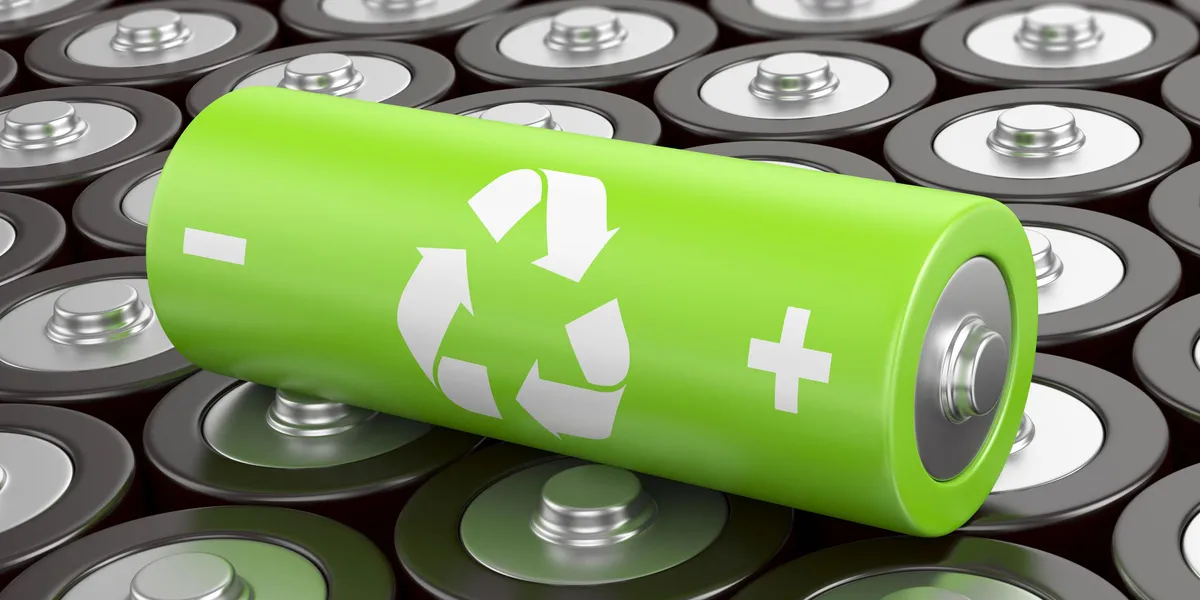Researchers at The University of Cambridge have recently developed a low-cost method to study the degradation mechanism of EV batteries which has opened the doors to developing new effective methods to improve battery lifespan. Their research discusses a potential reason for fatigue in modern ‘nickel-rich’ battery materials and why their full charge is not possible after prolonged use. The paper outlining the research was published in the journal Nature Materials.
For a long, researchers have been looking to replace cobalt, owing to its negative environmental impact, with nickel in the cathode materials of EV batteries. Nickel-rich battery materials offer higher practical capacities than cobalt ones. But these materials degrade at a faster rate than the existing technologies. Thus, there arises a need for an in-depth study of these degradations to make them commercially viable in EVs.
For this study, researchers have used laser technology to monitor real-time changes in the battery materials over several months. They have consequently designed a new coin cell or button cell. “This design offers a new possibility of studying degradation mechanisms over a long period of cycling for many battery chemistries,” said Dr Chao Xu from Cambridge’s Department of Chemistry, the article’s first author. They have observed fatigue in a proportion of the cathode material, which keeps on increasing after the cell’s repetitive charging and discharging cycle.
The research group also resorted to the atomic scale analysis of the material structure to understand why this fatigue occurred. They reported that battery materials expand and shrink as the lithium ions move in and out. But after repeated cycles, a rearrangement of surface atoms forms completely new structures that cannot store energy anymore. These newly built surface structures hold the rest of the material and prevent it from contracting, which is required to reach the fully charged state, resulting in the sticking of lithium in the lattice. The resulting fatigued material can hold less charge than the previous cycle.
“Unlike consumable electronics, which typically have lifetimes of only a few years, vehicles are expected to last much longer; therefore; it is essential to increase the lifetime of an EV battery. That’s why a comprehensive, in-depth understanding of how they work and why they fail over a long time is crucial to improving their performance,” said Xu.
With this new information, researchers are exploring protective coatings and functional electrolyte additives to decrease this degradation rate and extend the lifetime of the batteries.



Leave A Comment